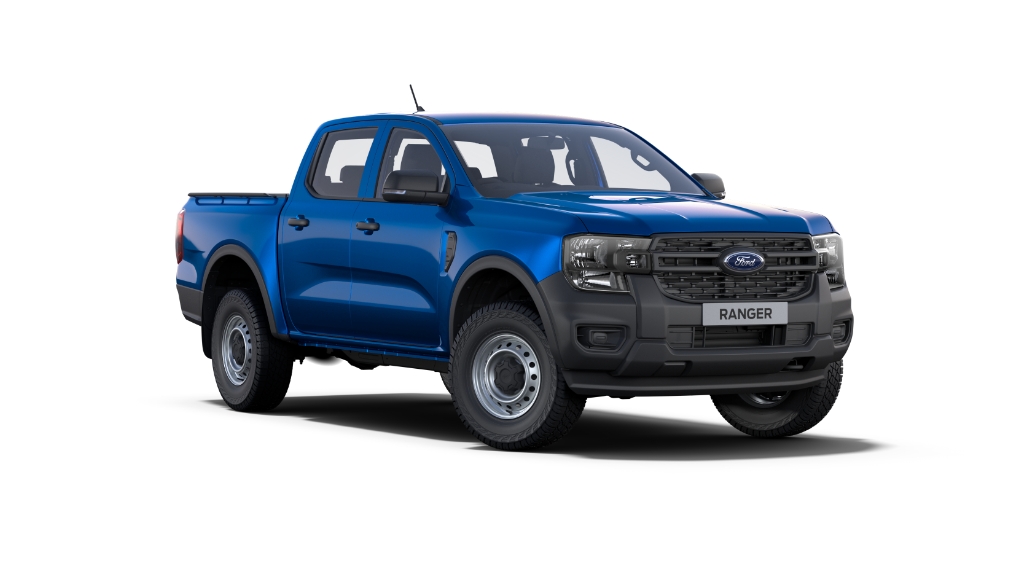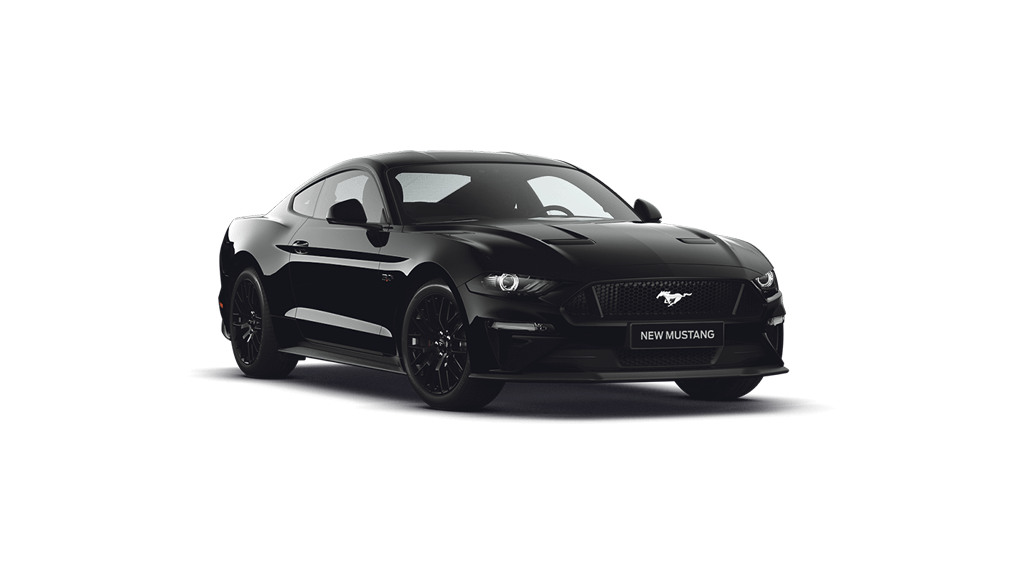Ford news

QuickPic | September 26, 2019
- Ford celebrates 96 years of manufacturing in South Africa
- Reflecting on global automaker’s history on local soil dating back to 1923
- Blue Oval thread woven into the growth and success of the automotive sector, particularly in the crucial vehicle export business
PRETORIA, South Africa, 26 September 2019 – Ford has been an active participant in the South African automotive industry since 1923, when the Dearborn, Michigan-based automaker opened an assembly plant in a disused wool shed in Port Elizabeth where local production of the Model T began in earnest. This was only the 16th Ford assembly plant to be launched outside of North America, and provided a foundation for the establishment of the automotive industry in South Africa.
Fast forward almost 100 years, and Ford Motor Company of Southern Africa (FMCSA) is now producing vehicles not only for distribution to the domestic market through the company’s network of 141 dealerships in South Africa, Swaziland, Namibia, and Botswana, but also for export to 148 left-hand drive and right-hand drive markets globally, including Europe, the Middle East and Africa. Notably, the South African-built Ranger is the top-selling pickup in Europe.
Statistics from the National Association of Automobile Manufacturers of South Africa show that vehicle exports for the first eight months of 2019 were more than 23 percent higher than the corresponding period last year – a crucial driver of growth in the automotive sector and the supplier network. The industry’s export sales for August represented the highest monthly total on record, reflecting a climb of almost 37 percent, with 44 960 locally built vehicles shipped during the month. Ford made up 6 431 of those units with 44 140 Rangers shipped to markets around the world between January and August this year, making it South Africa’s top-ranking light commercial vehicle export.
Over the past decade, an injection of R11-billion by Ford has enabled upgrades to both FMCSA’s Struandale Engine Plant in Port Elizabeth which was opened in 1964, as well as the Silverton Assembly Plant in Pretoria that began operations in 1961.
Through this continued investment, production volumes at Silverton have increased by around 400 percent since 2010, making the plant the country’s leader in light commercial vehicle exports. It produces the New Ranger pickup, New Everest sports utility vehicle, and first-ever Ranger Raptor off-road performance pickup. With capacity to build 168 000 vehicles per year, around 720 vehicles are assembled each day – a rate of one new vehicle every 94 seconds, or about 33 an hour. More than half a million Rangers have been built here to date.
The Struandale Engine Plant has earned its stripes as both a regional centre of excellence, and cornerstone of Ford’s South African legacy. The plant has capacity to produce up to 250 000 fully assembled engines – including the advanced 2.0-litre Bi-Turbo and Single Turbo engines used in the New Ranger and Everest. The Port Elizabeth plant also produces280 000 machined component kits per year, making it the only Ford facility in the world which both machines components and assembles engines for the global Ranger programme. All the engines harness Ford’s latest powertrain technologies, and comply with the latest EU emissions standards, bringing commensurate benefits in environmental compatibility, fuel efficiency, and performance. More than 3.3-million engines have been produced at the facility to date. This significant foreign direct investment underpins the level of confidence that Ford Motor Company has in the future of the automotive industry in South Africa. And it reaffirms the automaker’s ongoing commitment to the country as a manufacturer, exporter, and key employer in the automotive sector. Ford employs around 5 500 people in South Africa, and supports a further 60 000 jobs within the value chain.
The automotive sector represents around seven percent of South Africa’s GDP, with Ford’s turnover accounting for 1 percent of South Africa’s gross domestic product (GDP), thus making it a significant player in the country’s manufacturing sector and broader economy.
SA’s seven original equipment manufacturers (OEMs) – of which Ford is one – make up three percent of the country’s employment. Combined corporate social investment (CSI) by these OEMs is around R350-million annually, according to the Economic and Socio-Economic Impact of SA Automotive Industry Report by Econometrix.
According to the 2019 AutoTrader Car Industry Report, ‘attention economy’ is the new currency in the South African automotive industry. OEMs and dealers are beginning to realise that cars don’t only compete with each other based on their category, but also on the basis of where consumer attention lies.
“The data showed that Ford ranked sixth in the top 10 most searched brands, with the Ranger ranking fifth in the top 10 most searched models, and the range-topping Wildtrak ranking seventh in the top 10 most searched variants,” says Conrad Groenewald, Director of Marketing, Sales and Service, FMCSA. “The Ranger ranked second in the top five most searched double cabs, and third in the top five most searched single cabs. Rangers made up almost 13 percent, or the third-highest percentage split of sales, of all vehicles listed on AutoTrader over the past year.”
“We know South Africans love their ‘bakkies’, and this just proves how much they love our Ranger,” adds Groenewald. “Even though the local used car market dwarfs the new car market, and two-thirds of our business is now focussed on the export market, understanding the attention economy of local buyers can play a significant role when building new car strategies – not just for us as OEMs, but small or large dealerships, and groups selling either used or new cars.” Growth of the automotive sector is on an upward trajectory driven by the growth of the export business, with the Automotive Production and Development Programme aiming to increase annual production of the seven OEMs combined to 900 000 vehicles by 2020.
“This is a very exciting era for the industry globally,” concludes Groenewald. “Ford is incredibly proud to have played such a significant role in the growth of the local sector over the past century, and even more broadly speaking, our brand’s indelible Blue Oval imprint on South African motoring culture and heritage.”
Original article & image as supplied by QuickPic











